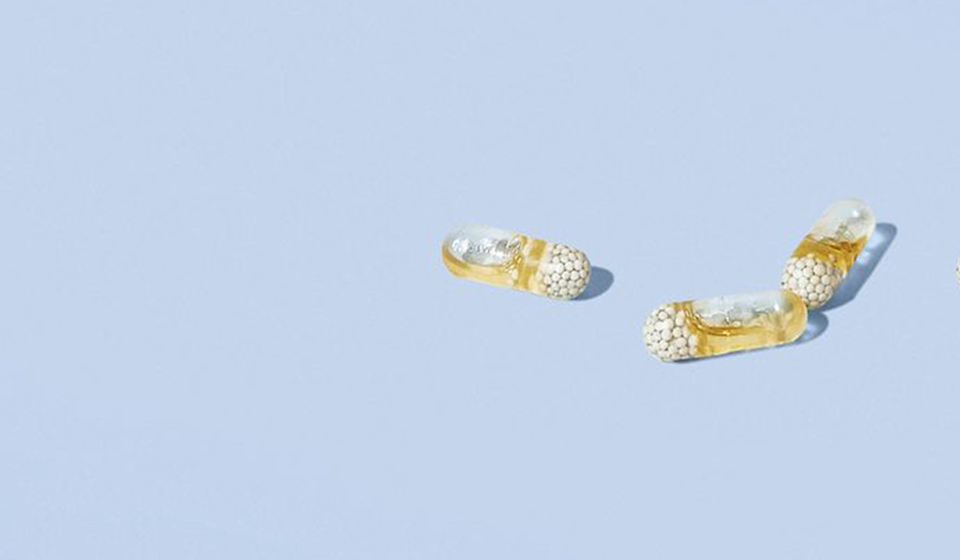In 2012, Albion Laboratories convened a Scientific Advisory Board and a highly respected and acclaimed panel of international experts in each of the four main mineral categories agreed to serve. The first group of luminaries in their respective fields comprised Dr. Robert Heaney (calcium), Bo Lonnerdahl (iron), Robert Cousins (zinc), Forest Nielson (magnesium) and Dr. Robert Rountree (Functional Medicine). When Albion was acquired by Balchem in 2016, we expanded the Board to include Dr. Marie Caudill, a world-renowned expert in choline and Dr. Robert Doyle, a creative chemistry professor who works closely with our R&D group.
The Advisory Board plays a key role in vetting ideas for our Strategic Innovation group and convenes once or twice a year in what have become cherished all-day brainstorm sessions with Senior Management representing not just the scientific group, but business, marketing and sales leaders. This cross-functional buy-in has become critical in facilitating a robust growth in research dollars allocated to innovative work being conducted in academic research institutions. In keeping with our appreciation of and support for world-quality research, over the past several years, we have also invited many top scientists to present their latest research at these Advisory Board Meetings. These have developed into mini scientific conferences of the highest caliber, eagerly anticipated by all who attend—for science and business alike.











